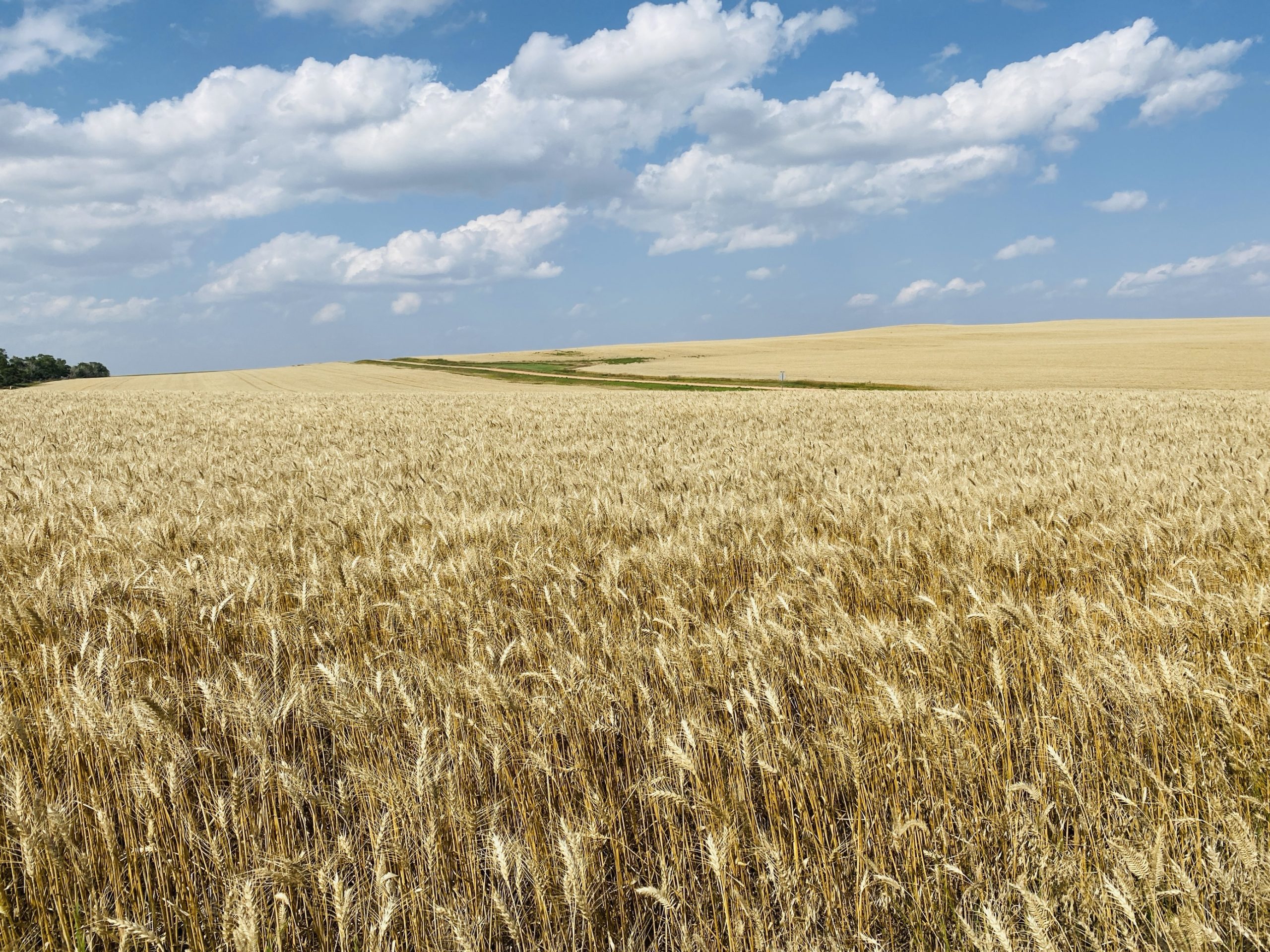A meaningful farm bill—not an extension of the current one—is on the mind of many wheat producers, and they have an ally with Keeff Felty.
Felty, a southwest Oklahoma farmer, is president of the National Association of Wheat Growers, and he was a panelist at High Plains Journal’s Sorghum U/Wheat U event in Wichita, Kansas.
“At NAWG, the farm bill is the focus and to keep advocating and promoting an improved farm bill for producers in this calendar year,” Felty said in an interview after the event.
NAWG has been consistent with its policy position that an extension of the existing farm bill is inadequate because producers face much higher input costs, and market prices have been lower since 2018, he said. The current farm bill, which is already on a one-year extension, expires Sept. 30.

The organization will join forces with other commodity groups Sept. 10 and 11 in Washington to meet with congressional leadership and members both on and off the ag committees and to press for action, he said. A farm bill is likely to take shape after the November presidential election. The Senate Agriculture Committee is chaired by Debbie Stabenow, a Michigan Democrat, who is retiring in January. Stabenow and Senate Majority Leader Chuck Schumer agreed to add $5 billion to a new farm bill as a goodwill gesture to help break the logjam.
“There are some benefits to getting it done this year,” he said. “Sen. Stabenow wants to get a farm bill passed before she leaves. Regardless of how the election turns out, there will be changes. There will be a new chairman of the committee come January, with many new staff members and a new administration that will need a lot of Senate confirmation hearings for key appointed positions.”
Felty said another positive is that the House has approved a farm bill on a bipartisan vote. Plus, Stabenow and Senate vice chair John Boozman, an Arkansas Republican, have a good working relationship, and they both are committed to retaining and improving crop insurance, Felty said.
Senate Republicans have proposed an allocation of $124 billion over 10 years for crop insurance. Felty said the statutory reference price for wheat is $5.50 a bushel, which has not been updated since 2014. While there have been some tweaks in the Title 1 programs, additional investment is needed to strengthen effectiveness of the programs and is long overdue, he said. Title 1 programs include Price Loss Coverage, Agriculture Risk Coverage and the Marketing Assistance Loan Program.
When it comes to farm bills and Washington, D.C., he believes that retaining conservation programs is important, and he prefers them to be voluntary and applied on a regional basis.
“What works for me won’t work for a farmer in Louisiana or in Illinois,” he said.
He also advocates additional money for the Market Access Program to expand export opportunities.
Felty is optimistic a farm bill will be passed because the framework is in place, and there is philosophical support to putting aside political rhetoric and taking action. “It’s all about trusting the process, and we’ve made it known what we’re asking for, and now we want to get it passed,” he said.
Felty said NAWG has been monitoring a request, particularly from a contingency of Kansas wheat growers, to see if winter wheat could count as a cover crop, which could help growers to have added incentives from the Inflation Reduction Act of 2022 that was approved by Congress. Felty said it has support from various entities and would take coordination with the Farm Service Agency, Risk Management Agency and Natural Resources Conservation Service.
“It is a multi-faceted request, and we are getting some positive traction,” Felty said.
Over the past 20 years, the number of winter wheat acres have declined, but that is more of a result of research and genetics that have allowed the expansion of corn and soybean acres, and those commodities have added markets, he said. Felty is a dryland farmer who focuses on wheat and cotton.
Agriculture has always been on the cutting edge of innovation, Felty said, and he believes that will continue.
Getting a new farm bill that recognizes today’s condition is important to providing stability and certainty for wheat producers, he said.
A new farm bill is expected to cost about $1.46 trillion over a 10-year period, according to the Congressional Budget Office. About 79% of the bill is for nutrition programs, according to the Senate ag Republicans. The remainder is for horticulture and research, trade, the Commodity Credit Corporation, the Inflation Reduction Act, conservation, commodity programs and crop insurance.
Dave Bergmeier can be reached at 620-227-1822 or [email protected].




